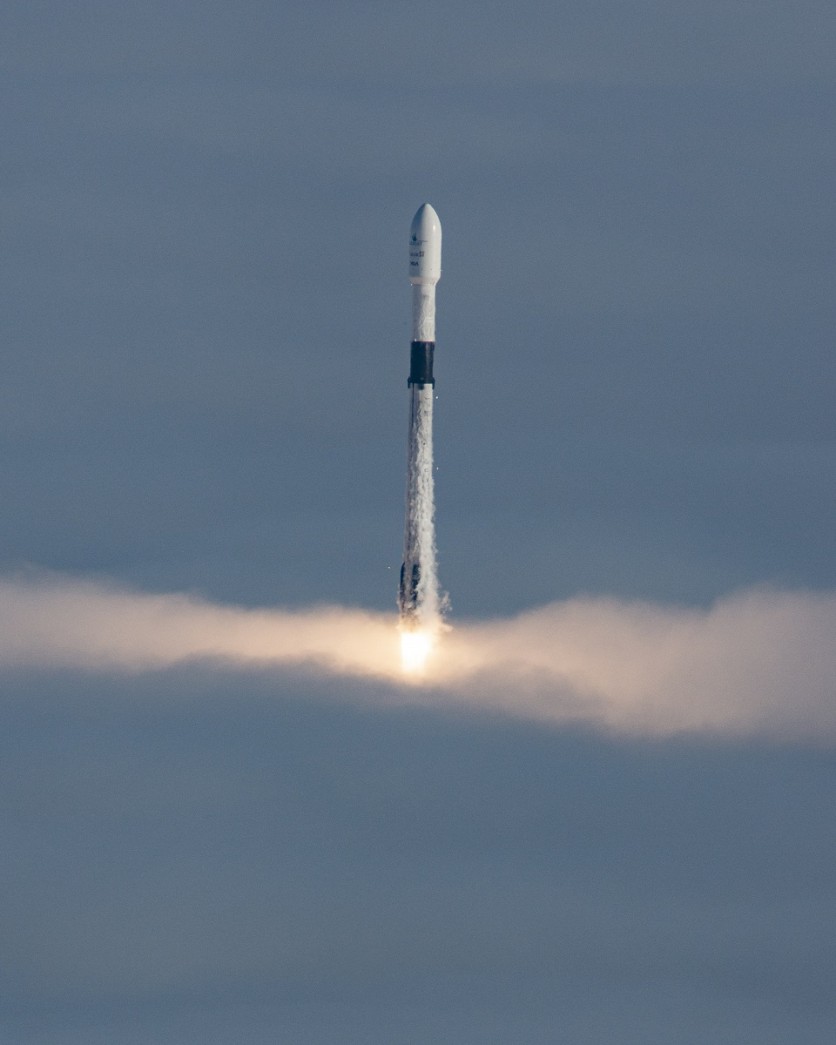SpaceX caps its busy week as it lit off 57 Starlink satellites into space, which are specially equipped with shades to reduce their brightness that has disturbed stargazers.
After three delays since June, CNET reported that SpaceX finally launched its ninth flight on early Friday morning on August 7. A total of 57 broadband-capable Starlink satellites were launched at approximately 1:12 a.m. ET (10:12 p.m. PT), when the SpaceX's Falcon 9 rocket lifts off and ascended from Cape Canaveral Air Force Station in Florida.

The Starlink launch was originally scheduled on June 26, but it was delayed due to "additional checkouts." Then, it was rescheduled on July 8 but was also called off due to bad weather. While it was moved on July 11, it was again called off for additional checkouts.
Since Space X has started launching the small satellites in 2019, the company and astronomers have been surprised and even disturbed by the great amount of sunlight that reflected in the orbiting routers, which sometimes interferes with scientific observations.
Today's mission payload included two rideshare satellites as well as the first batch of Starlink broadband satellites that are specially equipped with a sunshade to reduce their brightness, which has long disturbed many stargazers.
Deployment of 57 Starlink satellites confirmed pic.twitter.com/myKxr3QSTu — SpaceX (@SpaceX) August 7, 2020
Earlier this month, a satellite equipped with One VisorSat was launched to test the new technology, but Space X aims to have the feature added on the satellites for the next launch to have them fully shaded. While it has not yet reached the orbit, it did not stop SpaceX from launching the next batch fitted with the same sun-shield.
The first stage of the rocket booster returned to Earth and has perfectly landed on the Of Course I Still Love You drone located in the Atlantic. Also, SpaceX will attempt to catch the fairing halves like what they did during the July 20 launch of ANASIS-II.
Read also: Elon Musk's Starlink Satellites Will Grace The Skies Tonight: Here's How to See Them
It was a busy week in SpaceX
Elon Musk's company finished its eventful week with the recent Starlink launch. It began on August 2 with the success of the Crew Dragon capsule's splashdown, bringing back NASA astronauts to Earth after a trip to the International Space Station. It was the first time since 2011 that NASA astronauts have orbited from U.S. soil.
On August 4, SpaceX engineers carried out a successful first-hop test flight in Boca Chica, Texas for its prototype upper stage for the company's planned heavy-lift Starship rocket system.
Elon Musk Aims to Provide Fast Internet with Starlink constellation
Tech Times earlier reported that SpaceX CEO Elon Musk plans to have more than 1,500 low-Earth orbits (LEO) by the yearend. If the company continues to adhere to its schedule, it will have more launches soon to meet the FCC requirement to have at least 2,212 satellites in space by 2024.
Musk's final goal is to send 42,000 LEO satellites to complete the Starlink Constellation in space. This should provide a faster internet connection at a cheap price across the globe, including the most remote locations.
Read also: Through SpaceX's Starlink Elon Musk Hopes to Deliver Cheap and Fast Internet Worldwide
ⓒ 2025 TECHTIMES.com All rights reserved. Do not reproduce without permission.




